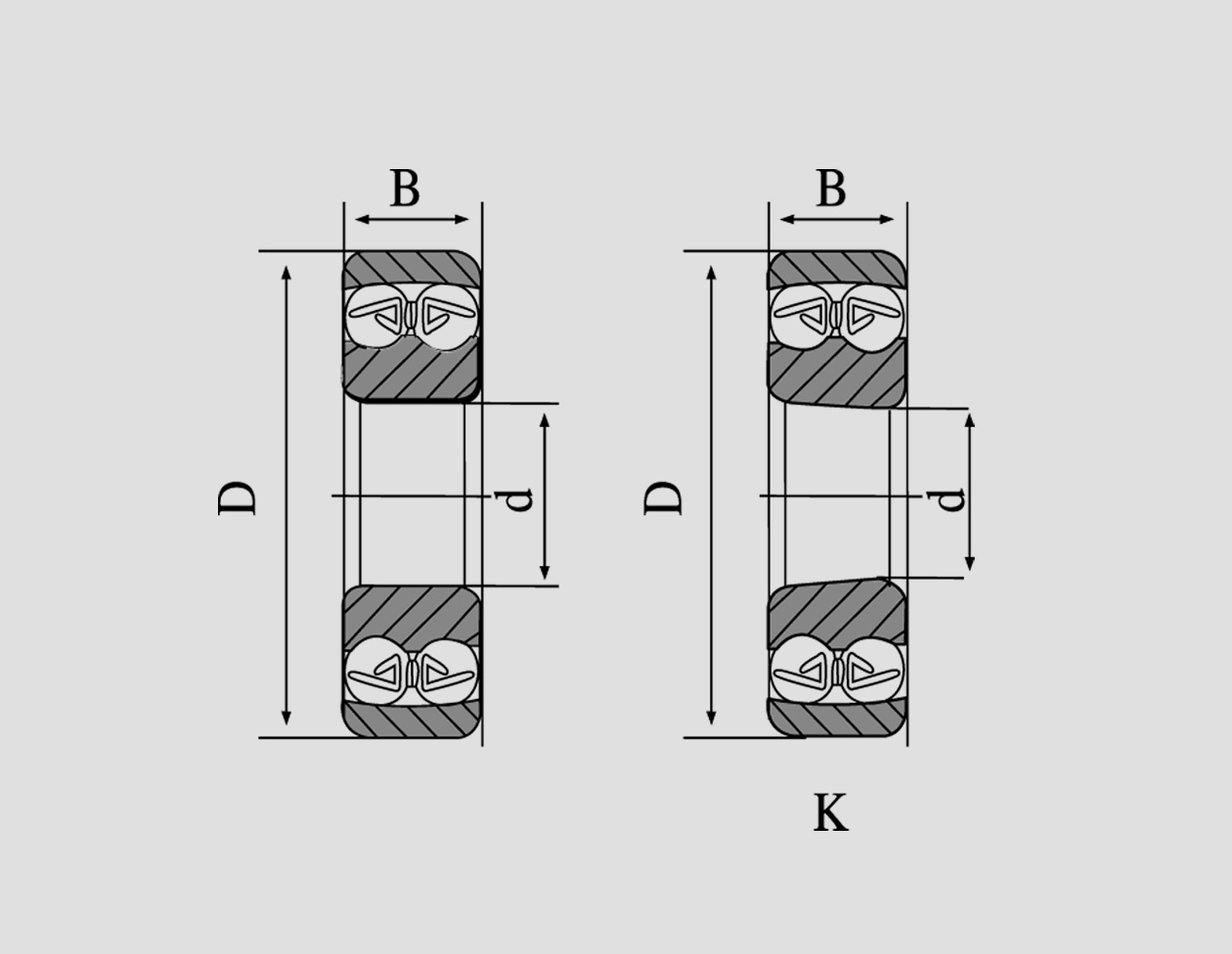
Nov . 08, 2024 16:15 Back to list
single row angular contact ball bearing
Understanding Single Row Angular Contact Ball Bearings
Single row angular contact ball bearings are essential components in machinery, particularly where high precision and performance are required. These bearings are designed to support both radial and axial loads, making them a versatile choice for various applications in industries such as automotive, aerospace, and manufacturing. In this article, we will explore the design, advantages, applications, and maintenance of single row angular contact ball bearings.
Design Features
Single row angular contact ball bearings are characterized by their unique design that allows for the accommodation of axial loads in one direction. The angle of contact between the balls and the raceway is critical, typically ranging between 15° to 40°. The specific angle affects the bearing's load capacity and rigidity.
1. Components A typical single row angular contact ball bearing consists of an inner ring, an outer ring, balls, and a cage. The balls are located between the inner and outer rings, which have raceways designed to guide the balls smoothly.
2. Construction These bearings can be manufactured from various materials, including chromium steel, stainless steel, and ceramic. The choice of material impacts the bearing's durability, resistance to corrosion, and overall performance.
3. Preload Single row angular contact ball bearings can be preloaded, meaning that the bearing’s components are placed under a slight initial load. This enhances rigidity and reduces vibration during operation, making them ideal for high-speed applications.
Advantages
Single row angular contact ball bearings offer several advantages that make them preferable in many applications
1. High Load Capacities The angular contact design allows these bearings to support significant axial loads as well as radial loads. The increased contact angle enhances the bearing’s rigidity, which is critical in high-performance settings.
2. Compact Design Due to their single row configuration, these bearings are relatively compact compared to double row designs. This feature allows for space savings and makes them suitable for applications with limited space.
3. Versatility They can be integrated into various types of machinery and equipment. Industries that benefit from these bearings include automotive (for gearboxes and wheel hubs), aerospace (for engines and landing gears), and robotics.
Applications
single row angular contact ball bearing

The versatility of single row angular contact ball bearings means they can be used in a wide range of applications, including
1. Spindles In machine tools, spindles require precise and efficient bearings to manage both high speeds and significant loads. Angular contact bearings are ideal for maintaining accuracy in machining processes.
2. Electric Motors These bearings are commonly used in electric motors, where they help maintain alignment and support both radial and axial loads during operation.
3. Automotive Applications From wheel bearings to engine components, single row angular contact ball bearings are vital in ensuring smooth performance and reliability in vehicles.
4. Robotics In robotic applications, precision and load handling capabilities are paramount. These bearings ensure that robotic arms and joints function smoothly under varying loads.
Maintenance
Maintaining single row angular contact ball bearings is crucial to ensure their longevity and performance. Regular inspections can help detect signs of wear, such as discoloration, unusual noises, or vibrations. Here are some maintenance tips
1. Lubrication Proper lubrication is essential to reduce friction and wear. Depending on the application, grease or oil can be used, but it’s important to follow manufacturer recommendations.
2. Alignment Ensure that the bearings are correctly aligned during installation to avoid excessive stress and premature failure.
3. Contamination Prevention Protect bearings from dirt and other contaminants that could impair their function. Using seals or shields can help mitigate this risk.
4. Monitoring Implement regular monitoring of operational parameters, such as temperature and vibration, to identify potential issues before they escalate.
Conclusion
Single row angular contact ball bearings are a crucial technology in modern machinery, offering a combination of high load capacity, compact design, and versatility. Their ability to support both radial and axial loads makes them indispensable in numerous industries. By understanding their design, advantages, applications, and maintenance requirements, users can make informed decisions to optimize performance and increase the lifespan of their machinery. As industries continue to evolve, the demand for advanced bearings like these will likely grow, driving innovations and improvements in manufacturing processes.
Latest news
-
Premium Deep Groove Ball Bearings | High Speed & Reliability
NewsAug.29,2025
-
Durable Scaffolding Clamps - Secure & Reliable Tube Connectors
NewsAug.28,2025
-
Common Failures in Thrust Ball Bearings and Solutions
NewsAug.22,2025
-
How Tapered Roller Bearings Can Take Shock Loads
NewsAug.22,2025
-
Angular Bearings in High-Precision Spindles
NewsAug.22,2025
-
The Impact of Misalignment on Cylindrical Roller Bearing Performance
NewsAug.22,2025
